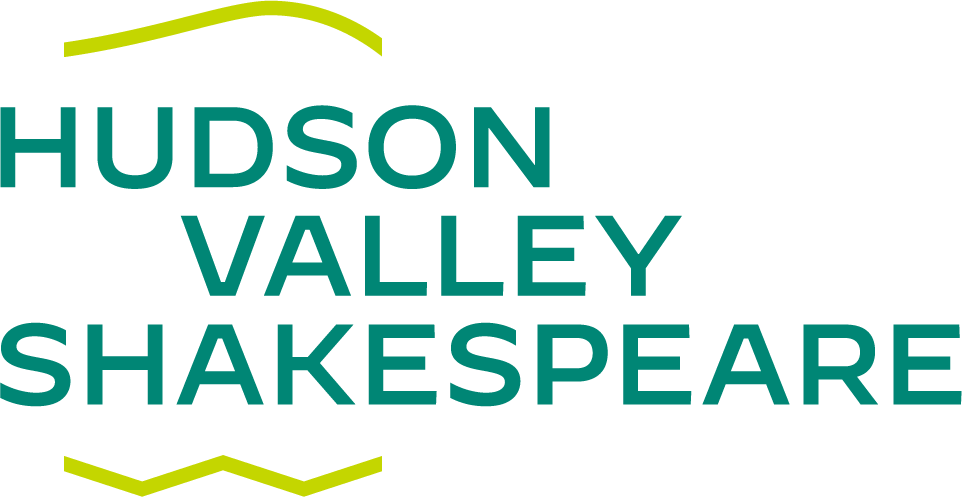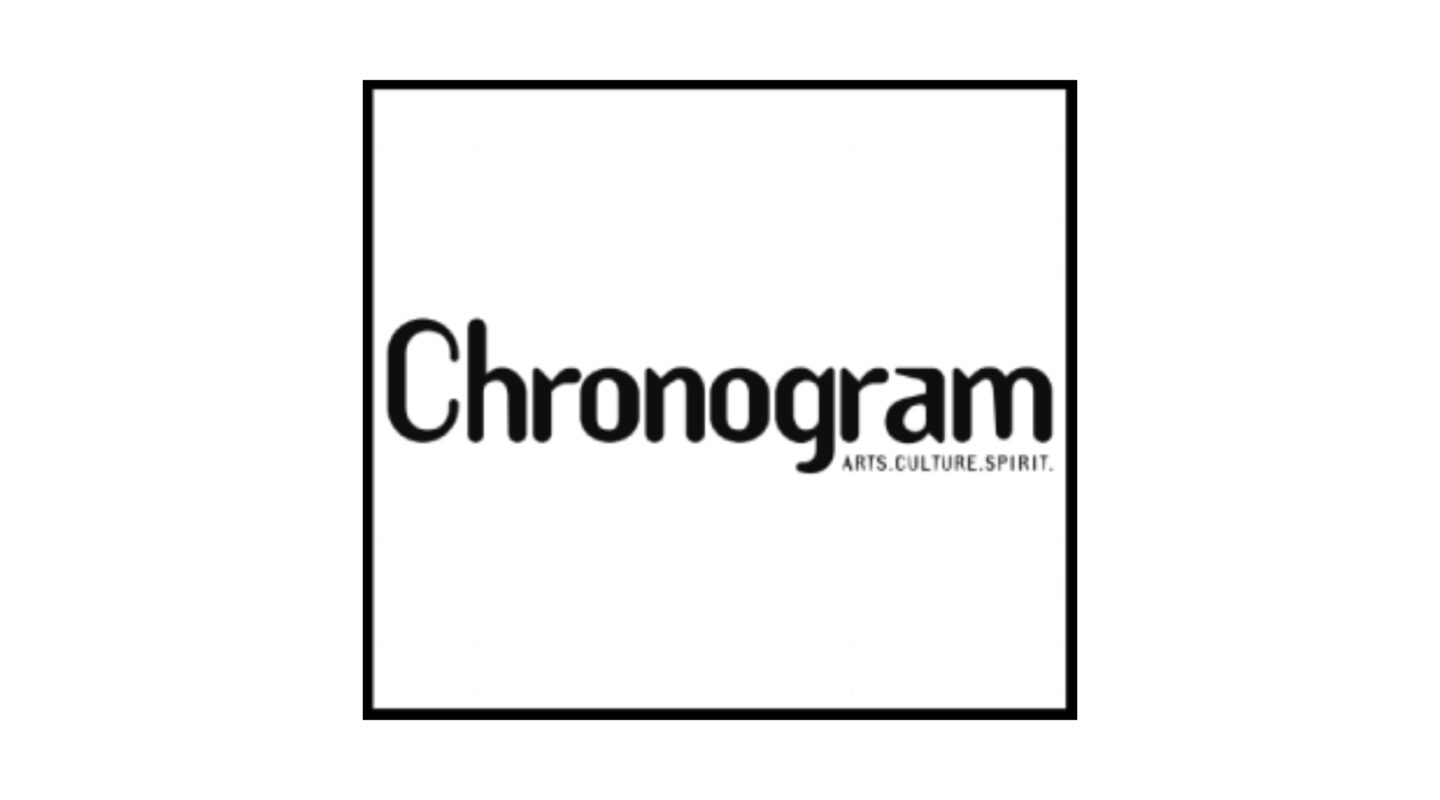Posted June 13, 2025

Every June, when we unfurl Chronogram‘s Summer Arts Preview across page after glorious page—38 in this issue, beginning on page 55—I feel a bit like a proud stage mother, backstage at a middle school, beaming as our homegrown culture struts its stuff. If you want to understand what kind of place the Hudson Valley really is, look at summer’s cultural calendar: dance at Kaatsbaan; jazz on the Poughkeepsie waterfront; Shakespeare in Garrison’s fields; art exploding out of barns, black boxes, basements. This is a place, as we are fond of saying, where people make things.
This year’s edition of the preview—helmed by arts editor Peter Aaron—brings together some 150 events, from Bard SummerScape’s cerebral pleasures to nostalgic rock blowouts at Bethel Woods. From Jess Hargreaves’s feminist apocalypse at Elijah Wheat Showroom in Newburgh to the handmade strangeness of Brunel Park in Boiceville. From Suzanne Vega’s rodent-inflected balladry at the Ridgefield Playhouse to the intimate setting of the RAWdance salon series at the Senate Garage. From the arrival of comedian Kumail Nanjiani in Tarrytown to a screening of glam-punk classic Hedwig and the Angry Inch at Story Screen in Hudson. (Hedwig creator John Cameron Mitchell will be performing “Queen Bitch,” songs of David Bowie, at Bard’s Spiegeltent August 15-16.) The cultural ecosystem on display here is stubborn, irreverent, impossibly varied, and very much alive. And it is no accident.
Art happens in the Hudson Valley because people will it into existence. Not just the artists, though their persistence is often heroic—but also the small armies of administrators, volunteers, grant writers, gallery sitters, ticket takers, program note writers, production assistants, and people who, in exchange for no money and little thanks, agree to sit on boards of arts organizations. The arts require a village, and the region remains one—not in scale, perhaps, but in spirit. A place where the line between audience and artist is often blurred, and collaboration is the common tongue.
All of this, of course, makes the recent slash-and-burn of arts funding from the NEA and other federal agencies all the more infuriating. As we reported last month, the Trump administration’s budget cuts have eliminated funding for the National Endowment for the Arts and the National Endowment for the Humanities, along with support for other key cultural programs. These decisions are already hitting close to home. The Center for Photography at Woodstock lost essential funding to support its artists in residence program. Hudson Valley Shakespeare was defunded too. The money was earmarked for its Tent Pole Commissions program, a rare pipeline for new work by living playwrights not named David Mamet. Paramount Hudson Valley in Peekskill lost a grant that would have helped fund Cirque Zuma Zuma—an African circus arts performance planned for Black History Month—and an Argentine tango showcase during Hispanic Heritage Month.
This is not just fiscal policy—it’s ideological warfare. The targets are not just funding lines but the very idea that art matters. That value might be measured in something other than quarterly returns or shareholder profit. That beauty, ambiguity, and empathy deserve a seat at the table. That what elevates a society is not what it accumulates but what it expresses—and shares.
But rage, as the great artists have taught us, is best transmuted. So here’s the turn. The philistinism of one administration cannot destroy what we have built here. Because we know that art is not a luxury. It’s not dessert. It’s not decoration. It is the story we tell ourselves about ourselves. It’s how we metabolize the unthinkable and make the unbearable sing.
And this summer, the song is still playing. It’s playing on the Hudson River with Jazz in the Valley. It’s playing on the grass of Stone Ridge Orchard at the Meadowlark festival. It’s playing in a portable theater in the Catskills where the Catskill Public Theater is staging multimedia works on the ripple effects of the Woodstock festival. It’s playing on Belleayre Mountain at Mountain Jam, inside the massive mill building at the Wassaic Project, in the open-air pavilion at PS21, and in Kingston Film Foundation’s makeshift cinema behind Red Owl Collective in Midtown. It’s playing on Bannerman Island, where you can watch Raiders of the Lost Ark under the stars after a short boat ride. It’s playing in Beacon, where the multi-modal Five Points Festival has moved from Brooklyn. It’s playing in New Paltz, in Cold Spring, in Millerton, in Rhinebeck. Everywhere you turn, something brave and beautiful is being risked in public.
Arts organizations in our region have always been scrappy. They stretch every dollar, reroute every setback, and make miracles out of mismatched folding chairs and expired grant extensions. They are powered by part-timers and true believers, by the artists who paint the sets and then hang the lights. They work long hours and late nights, not for profit but for purpose. And they will continue to do so, with our help.
Because while some would reduce the value of everything to a bottom line—to profit and power, politics and personal brand—there are other measures of worth. There is beauty. There is empathy. There’s the hush just before the music starts, the shared breath in a darkened theater, the way a single line in a play can rattle around your head for days. There’s the laugh that erupts before you realize it’s yours. The image that stays with you like a fingerprint on glass.
There are values that can’t be appraised or collateralized: wonder, connection, transformation. They are not fungible. They are not for sale. They belong to us. Art is long. Life is short.

